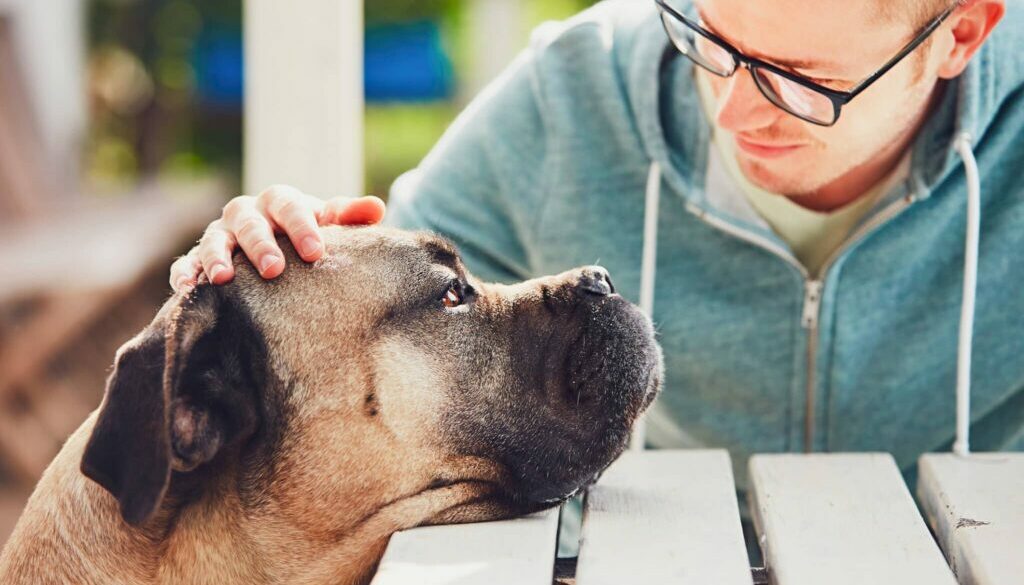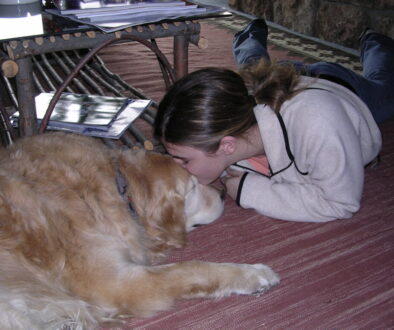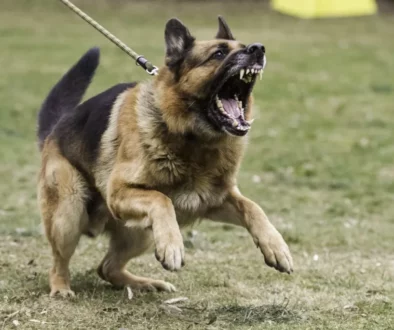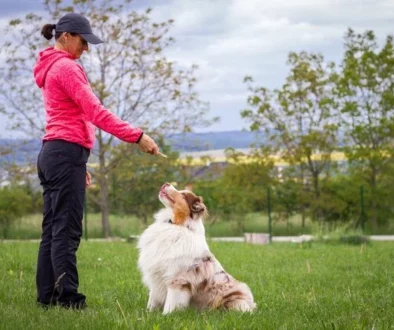Managing Aggressive Behavior: Tips for a Well-Behaved Dog
Are you struggling with your furry friend’s aggressive behavior? Don’t fret! Our comprehensive guide, “Managing Aggressive Behavior: Tips for a Well-Behaved Dog,” is here to provide you with practical solutions and expert advice. We understand that dealing with a dog’s aggressive tendencies can be challenging and stressful. However, with the right approach, patience, and consistent training, you can transform your pet into a well-behaved and balanced companion. Let’s dive into the nitty-gritty details and uncover effective strategies to manage your dog’s aggressive behavior.
Understanding Aggression in Dogs
Aggression is a natural instinct for dogs, but it can be problematic if not appropriately addressed. Understanding the root causes of aggression is crucial to help curb aggressive behavior effectively. One of the first steps in managing aggressive behavior in your dog is to identify the triggers that set off their aggression.
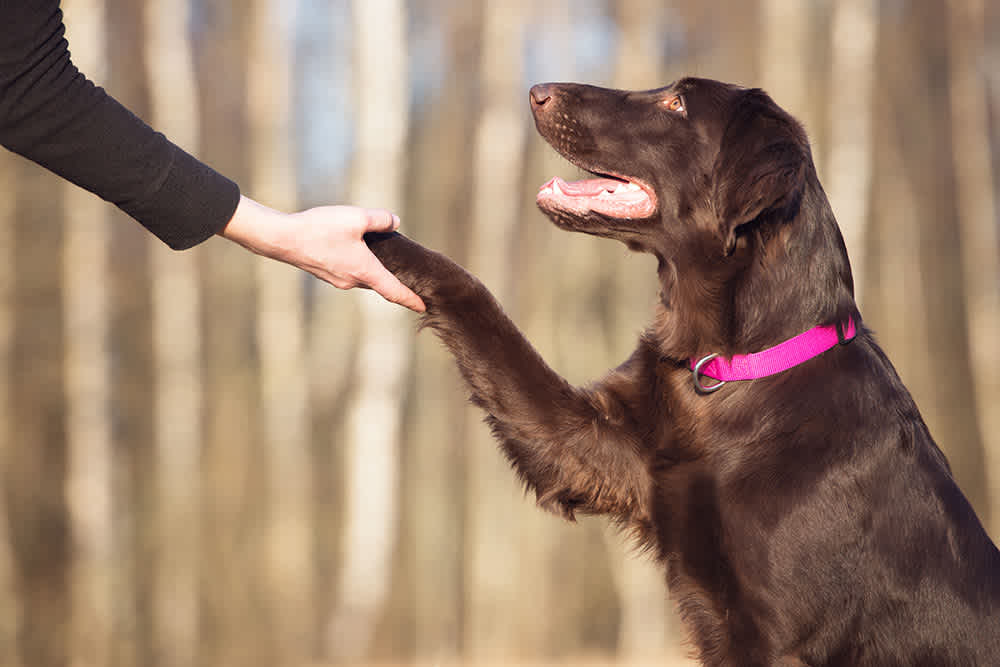
Understanding what causes your dog to become aggressive can help you avoid or manage those situations and prevent potential incidents. Here are some key factors to consider:
- Body Language: Pay close attention to your dog’s body language. Certain postures, such as raised fur, stiff body, or a tense expression, may indicate that your dog is feeling threatened or fearful.
- Environmental Cues: Take note of the specific situations or stimuli that trigger your dog’s aggression. It could be encountering unfamiliar dogs, loud noises, or crowded spaces.
- Previous Experiences: Dogs can develop aggression as a result of negative experiences, such as being attacked by another dog or mistreated by humans. Understanding their history can provide insight into their triggers.
By identifying the triggers that provoke aggression in your dog, you can implement proactive measures to avoid those situations or manage them more effectively.
Fear and Anxiety
Fear and anxiety are common underlying factors for aggression in dogs. When a dog feels threatened or scared, they may resort to aggression as a way to protect themselves. Understanding and addressing fear and anxiety can help manage aggressive behavior. Consider the following strategies:
- Create a Safe Environment: Provide your dog with a safe space where they can retreat when they feel anxious or overwhelmed. This could be a designated room or a crate.
- Calming Techniques: Implement calming techniques, such as playing soft music, using pheromone diffusers, or using calming supplements recommended by your veterinarian.
- Desensitization and Counterconditioning: Gradually expose your dog to their triggers in a controlled and positive manner, paired with rewards and positive reinforcement. This can help them associate those triggers with positive experiences instead of fear or aggression.
Territorial Aggression
Many dogs exhibit territorial aggression, where they become protective over their perceived territory, such as their home or yard. This type of aggression can be triggered by the presence of unfamiliar people or animals near their territory. Here’s how you can manage territorial aggression:
- Controlled Introductions: When introducing your dog to new people or animals, do so gradually and in a controlled environment. Keep your dog on a leash and maintain distance until they are comfortable.
- Proper Socialization: Early and positive socialization can help prevent territorial aggression. Expose your dog to various people, animals, and environments from a young age to teach them how to interact appropriately.
- Clear Boundaries: Establish clear boundaries and rules for your dog regarding their territory. Consistency is key in reinforcing these boundaries and preventing any territorial aggression.
Protective Aggression
Protective aggression often occurs when a dog feels the need to protect their owner, family members, or possessions. While it may seem like a positive trait, it can lead to dangerous situations if not managed correctly. Here are some tips for managing protective aggression:
- Leadership and Authority: Establish yourself as the pack leader by employing consistent and assertive leadership. This will help your dog understand that you are capable of protecting the family and belongings, relieving them of the need to do so.
- Controlled Introduction and Socialization: Introduce your dog to new people and situations in a controlled manner. This allows them to become accustomed to various scenarios and understand that not every situation requires protective behavior.
- Positive Reinforcement: Reward your dog for calm and appropriate behavior in situations that could trigger protective aggression. This will reinforce their understanding that aggression is not necessary in those situations.
Social Aggression
Some dogs display aggression specifically towards other dogs, which can make walks or encounters with other canines challenging. Social aggression can vary in intensity and may stem from various underlying causes, such as fear, lack of socialization, or past negative experiences. Here’s how you can manage social aggression:
- Controlled Socialization: Gradually expose your dog to other dogs in a controlled environment, such as a training class or supervised playdates. This allows them to learn appropriate socialization skills without feeling overwhelmed.
- Positive Reinforcement: Reward your dog for calm and non-aggressive behavior during interactions with other dogs. This reinforces the idea that positive behavior is rewarded while aggression is not.
- Training and Obedience: Consistent training and obedience exercises can instill discipline and reinforce your dog’s understanding of appropriate behavior when encountering other dogs.
With patience and proper socialization, you can help your dog become more comfortable and less aggressive when interacting with other dogs.
Redirected Aggression
Redirected aggression occurs when a dog is unable to direct their aggression toward the source of their frustration, so they end up displaying aggression toward a nearby person or animal. This type of aggression can be challenging to manage, as it often happens unexpectedly. Here are some strategies for dealing with redirected aggression:
- Safety First: When redirecting aggression occurs, prioritize your safety and the safety of others. Remove yourself and others from the immediate vicinity of the dog until they have calmed down.
- Avoid Punishment: Punishing your dog during a redirected aggression incident can make the situation worse. Instead, focus on de-escalating the situation and preventing reoccurrences.
- Identify Triggers: Try to identify and avoid the triggers that lead to redirected aggression. This may involve identifying specific situations, environments, or stimuli that set off your dog’s aggression.
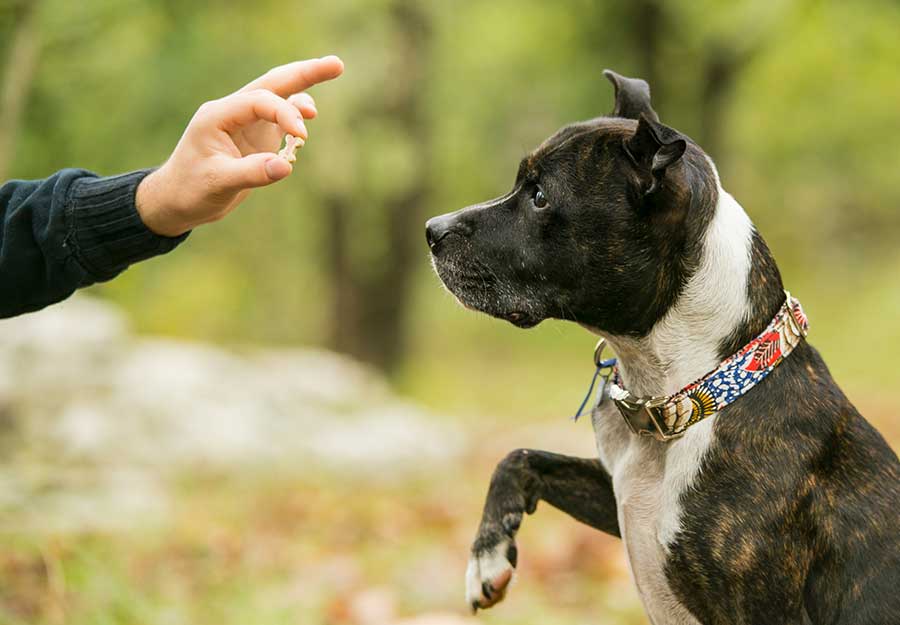
Managing Aggressive Behavior in Specific Situations
Aggression Towards Other Dogs
Aggression towards other dogs is a common issue that many dog owners face. It can occur due to a variety of reasons, including fear, dominance, or lack of socialization. Here are some tips to help manage aggression toward other dogs:
- Gradual Socialization: Start by gradually introducing your dog to other dogs in controlled environments. Use positive reinforcement and rewards to encourage calm and relaxed behavior during these interactions.
- Positive Associations: Associate positive experiences, such as treats or playtime, with the presence of other dogs. This can help your dog develop a positive association, rather than feeling threatened or defensive.
- Training and Obedience: Consistent training and obedience exercises are essential to establishing your leadership and teaching your dog appropriate behaviors when encountering other dogs.
- Avoid Punishment: Punishing your dog for aggressive behavior towards other dogs can worsen the problem and create fear or anxiety. Instead, focus on rewarding and reinforcing calm and non-aggressive behavior.
Aggression Towards People
Aggression towards people is a serious concern that needs to be addressed promptly. It can arise from fear, lack of socialization, possessiveness, or past negative experiences. Here are some strategies to manage aggression towards people:
- Safety First: Ensure the safety of others by keeping your dog on a leash or in a secure area when around unfamiliar people. Do not put your dog or others in a potentially dangerous situation.
- Consult with a Professional: If your dog displays aggression towards people, especially if it poses a risk to their safety, consider consulting with a professional dog trainer or behaviorist. They can assess the situation and provide specific guidance tailored to your dog’s needs.
- Positive Reinforcement: Reward your dog for calm and non-aggressive behavior around people. Use treats, praise, and toys to reinforce positive associations, gradually building their confidence around others.
- Controlled Socialization: Introduce your dog to new people in a controlled and positive manner. Start with individuals who are calm and quiet, and gradually increase the level of socialization as your dog becomes more comfortable.
Managing aggression towards people requires a cautious approach and professional guidance in some cases. Remember, the safety and well-being of others should always be a top priority.
Aggression Towards Food and Toys
Aggression over food and toys can stem from possessiveness or resource-guarding behavior. It is essential to address this aggression to prevent potential harm to yourself, other pets, or family members. Here are some tips to manage aggression towards food and toys:
- Establish a Routine: Set a consistent feeding schedule for your dog and maintain a calm environment during mealtime. This helps establish a structured routine and reduces anxiety or competition.
- Implement Slow Feeding Techniques: Use puzzle toys or slow-feeding bowls to prolong mealtime and provide mental stimulation. This can help reduce aggression over food by creating a positive association with the feeding process.
- Teach “Drop” or “Leave It” Commands: Training your dog to drop or leave items upon command can prevent possessive behaviors over toys or food. Start with low-value items and gradually progress to higher-value ones.
- Safety First: If your dog displays aggression when approached while eating or playing with toys, give them space and avoid confrontation. Respect their boundaries and consult with a professional for guidance on managing resource guarding.
Conclusion: Managing Aggressive Behavior
Managing aggressive behavior in dogs requires patience, consistent training, and a deep understanding of the underlying causes. By implementing the techniques and strategies outlined in this guide, you can help your furry friend become a well-behaved and balanced companion. Remember, each dog is unique, and what works for one may not work for another. If you find yourself struggling or facing a severe aggressive behavior issue, don’t hesitate to seek professional guidance. With dedication and love, you can create a harmonious and peaceful relationship with your canine companion.
Also Read:
